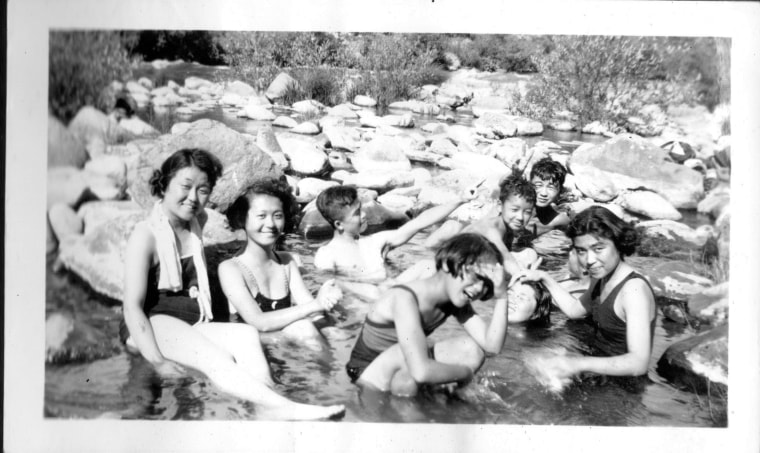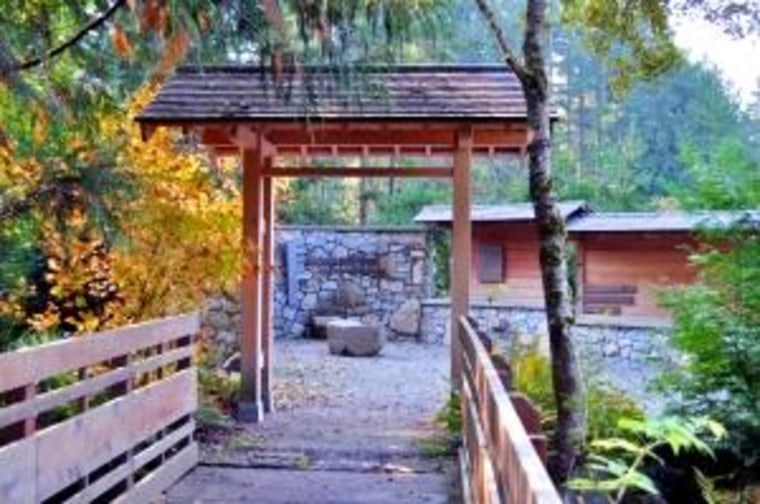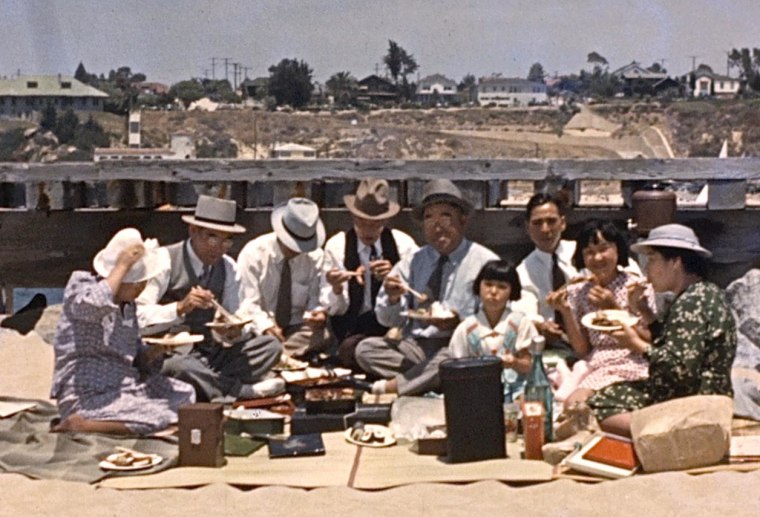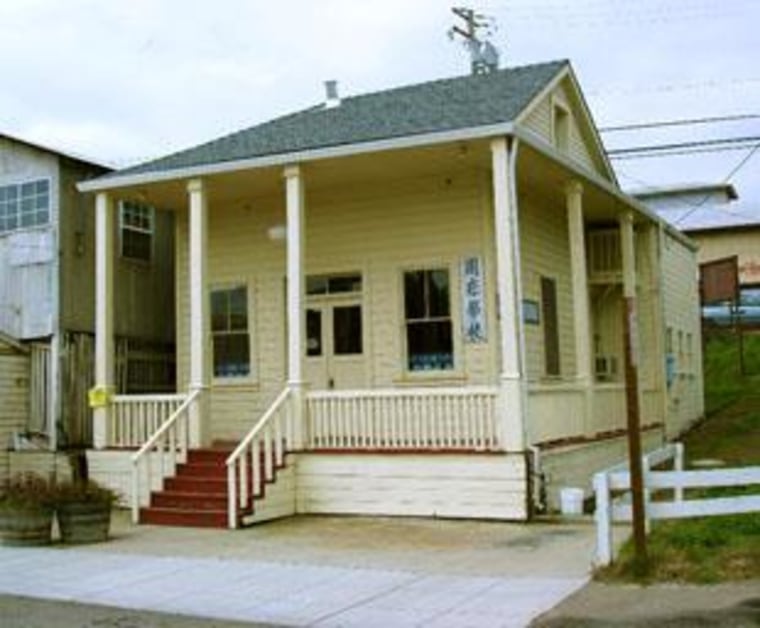When Lakshmi Ramakrishnan was growing up in Amarillo, Texas in the 1980s there were just a few Indian families in the area. So jumping in the car was the only way to get their cultural fix: they would drive as far north as Canada to shop, eat, visit with friends and visit Hindu temples. In a memory familiar to many Asian Americans who grew up far from established ethnic neighborhoods, they’d fill their car with food and new clothes before heading back to Texas.
Little did the Ramakrishnans know that they were early adopters of “culture and heritage travel,” which in 2013 contributed over $171 billion to the U.S. economy, according to a study partially commissioned by the U.S. Department of Commerce. As the Asian-American population grows, experts say, so does their contribution to the travel industry.

"According to the U.S. Census Bureau, the Asian-American market is projected to grow 31 percent by 2020, just slightly less than the 34 percent grown in the Hispanic market,” said Laura Mandala of Mandala Research, whose firm carried out the study. More than half of all Asian Americans -- 51 percent -- have taken a domestic plane trip in the last 12 months, according to Nielsen, and families generally shape trips around interest in culture, history, community and food.
“Finding the tastes of ‘home’ is often part of the Asian-American travel experience"
Elson Park is an extreme example on the front end of this trend. The 74-year-old retired computer programmer from Salt Lake City spends 200 days a year backpacking around the world, sharing his adventures via a Facebook fan page and a Korean-language photography site. He often travels by bike, planning out his trips with a bicycle computer and squeezing in regular marathons between cycling trips.
The National Parks Service (NPS) seems to be catering to travelers like Park and the Ramakirshnans with their recent introduction of the Asian American and Pacific Islander Heritage Travel Itinerary.

The NPS now lists nearly 70 historic sites in 16 states and throughout the Pacific -- a mix of monuments, museums and historic neighborhoods.
“It’s funny how little people know about the history of the U.S. We hope people will visit these sites and understand the tremendously important role that AAPIs have played in the development of our nation,” said Carol Shull, the Keeper of the National Register of Historic Places in Washington, D.C. “These places define and give special identity to communities, and heritage tourism is a huge economic generator.”

Los Angeles chef Roy Choi has been convinced of that fact, and building businesses based on it, for years. Starting with his hybrid-Korean taco truck business and now expanding into the hospitality industry, Choi has made a point to promote and bring dollars to LA’s diverse ethnic neighborhoods.
The Line Hotel, his new venture in Koreatown, pointedly encourages visitors to invest in the neighborhood, offering free bikes to borrow, a list of nearby Korean restaurants and discounted tickets for the Metro, which stops just across the street. Multiple worlds are encouraged to mingle: a ground-floor panaderia and café opens to the street, offering $1 pastries, Hello Kitty cakes and piping-hot congee for breakfast.
Choi explained his philosophy in the hotel’s in-house magazine, appropriately titled “Here”: “If you feed people you find they start to open up a little bit. You can tap into their empathy, into their soul. You can go directly to people with food.”
Room service at The Line comes wrapped in a brightly patterned bojagi -- a Korean wrapping fabric, festooned with Mexican cowgirls. Inside the cotton folds sits a Coleman thermos filled with hearty, spicy cabbage soup. The hotel seems to have tapped into what Asian American and other travelers are hankering for today: modern experiences seeped in local flavor -- delicious food, wrapped in culture.

Like San Francisco's Japanese-American families faithfully stopping at Ikeda's California Country Market en route to Lake Tahoe, Mandala says modern travel itineraries are driven by cuisine as much as culture.
“Finding the tastes of ‘home’ is often part of the Asian-American travel experience, much like the Italian American searches for the best Italian food a destination has to offer,” she said.
While most of the Asian-American travel destinations on the NPS list can’t boast an architectural lobby with a thumping DJ like the Line Hotel, their quirky charm is cherished by generations of visitors. As a junior high school student, Julian Liu’s parents took him to Locke, a small town outside of Sacramento known as the oldest intact Chinese farming community. Its Old West flavor mixed with Chinese pioneer spirit left a deep impression on him.

“I remember thinking it looked a lot like one of those towns in a western movie where a shootout might happen, " said Liu. "For Chinese Americans, places like Locke are vital to connect newer immigrants with the experiences of people who came much earlier."
Ramakrishan, whose Little India trips with her parents evolved into her own pilgrimages with college friends to Chinatowns along the west coast, is now planning trips for her two small children.
"I think it’s true that people, especially those that grew up here in the U.S., are more interested in finding these Asian-American historical sites,” she said. "When I was young, there weren’t many Indian people around. But now I live outside of Houston, where you can’t go half a mile without running into some Indian people."
